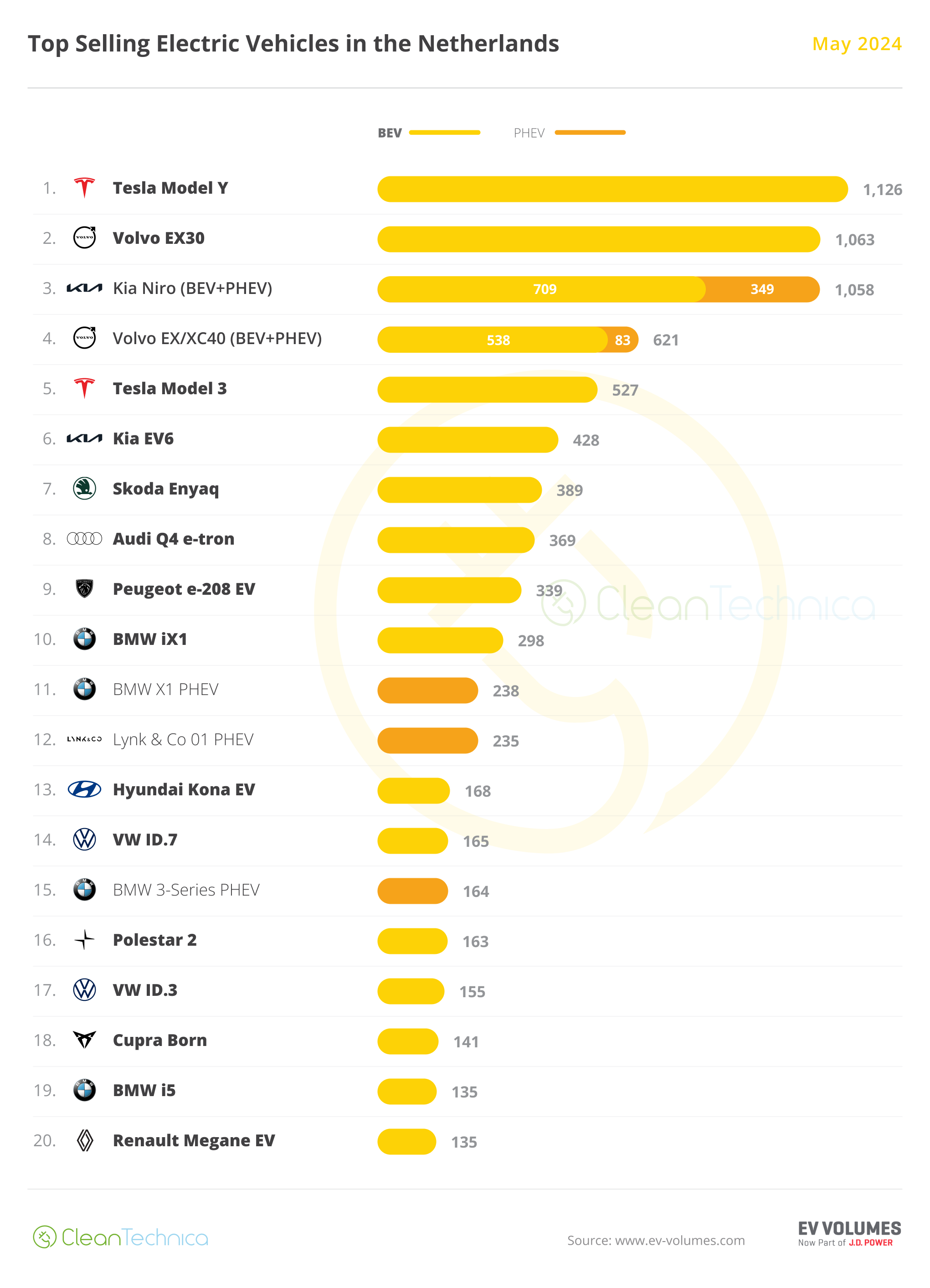Drivers of high-profile vehicles generally understand their vulnerability to crosswinds due to their large side profile. But what risks do medium profile SUVs have, especially when it comes to pedestrian safety? That’s the question that the Insurance Institute for Highway Safety (IIHS) considered as part of a recent study.
The IIHS findings indicate that vehicles with especially tall front ends are most dangerous to pedestrians, but a blunt profile can make medium height vehicles deadly, too.
Over the past 30 years, the average US passenger vehicle has gotten about 4 inches wider, 10 inches longer, 8 inches taller, and 1,000 pounds heavier. Many vehicles are more than 40 inches tall at the leading edge of the hood. On some large pickups, the hoods are almost at eye level for many adults.
Pickups, SUVs, and vans with a hood height greater than 40 inches are about 45% more likely to cause fatalities in pedestrian crashes than cars and other vehicles with a hood height of 30 inches or less and a sloping profile, the IIHS study of nearly 18,000 pedestrian crashes found. It did not matter what the nose shape was.
The Research behind High-Profile Vehicle Accidents
Understanding the connection between fatality risk and vehicle size and shape was important to the IIHS researchers, who analyzed 17,897 crashes involving a single passenger vehicle and a single pedestrian. To identify the crash-involved vehicle, they used Vehicle Identification Numbers and calculated key front end measurements corresponding to 2,958 unique car, minivan, large van, SUV, and pickup models from photographs.
To better understand how vehicles of different geometries injure pedestrians, IIHS examined detailed records from 121 crashes collected by the International Center for Automotive Medicine Pedestrian Consortium. In each crash, the front end of a car, pickup, or SUV struck a teenager or adult. The data included detailed crash reconstructions such as information about the motion of the pedestrian’s body during the crash and the nature and severity of their injuries. The reports also included the year, make, and model of the striking vehicle, and the height of the pedestrian.
The researchers used the same measurements as those used in the larger study to define vehicles with blunt and sloped front ends and tall and short ones. Then they divided the involved vehicles into only two height groups with a smaller sample size. Taller vehicles were defined as those with a hood leading edge more than 35 inches off the ground; shorter ones were those with a hood leading edge 35 inches or less from the ground.
Hood height and angle: Vehicles with hoods more than 40 inches off the ground at the leading edge and a grille sloped at an angle of 65 degrees or less were 45% more likely to cause pedestrian fatalities than those with a similar slope and hood heights of 30 inches or less.
“Manufacturers can make vehicles less dangerous to pedestrians by lowering the front end of the hood and angling the grille and hood to create a sloped profile,” said IIHS senior research transportation engineer Wen Hu, the lead author of the study. “There’s no functional benefit to these massive, blocky fronts.”
Vehicles with tall hoods and sloping front ends did not exhibit reduced risks; however, vehicles with hood heights of 30-40 inches did show a difference. Compared with low and sloped vehicles, medium height vehicles with blunt fronts were 26% more likely to cause pedestrian fatalities. In contrast, the risk of a fatality was about the same for medium height vehicles with sloped fronts as for low vehicles with either blunt or sloped fronts.
Hood type and shape: The researchers also looked at the angle of the windshield, length of the hood, and angle of the hood. Among these, the slope of the hood had the biggest effect. There was a 25% increase in the risk of a fatality for vehicles with flat hoods — those with angles of 15 degrees or less — compared with vehicles with more sloping hoods. That was true regardless of height and front-end shape.
In general, vehicles taller than 35 inches were more dangerous to pedestrians than the shorter ones, mainly because they tended to cause more severe head injuries. Among vehicles taller than 35 inches, those with vertical front ends were more dangerous than those with sloped front ends. Torso and hip injuries from these vehicles were more frequent and severe.
“It’s clear that the increasing size of the vehicles in the US fleet is costing pedestrians their lives,” IIHS President David Harkey said. “We encourage automakers to consider these findings and take a hard look at the height and shape of their SUVs and pickups.”
Electric Vehicles & High Profiles
Among vehicles with hood heights between 30 and 40 inches, a blunt or more vertical front end increases the risk to pedestrians. That’s where electric vehicles (EVs) come in. Vehicles with hood heights of more than 40 inches and blunt front ends angled at greater than 65 degrees were 44% more likely to cause fatalities.
Here’s a list of upcoming EVs (only the Ford is currently in production) and their heights in sequential order.
Compared to an EV sedan or hatchback, lots of EV SUVs certainly are a type of high-profile vehicle. This means that, relative to an EV sedan or wagon, EV SUVs are more dangerous to pedestrians than shorter profile EVs.
Unlike all other vehicle types, tall and blunt vehicles primarily inflicted torso injuries with their front ends rather than with the tops of their hoods. They are more likely to injure pedestrians by throwing them forward, while tall and sloped vehicles usually roll them onto the hood of the vehicle first. Pedestrians who are shorter relative to the height of the striking vehicle also suffer more severe injuries.
Final Thoughts about High-Profile Vehicles & EVs
Adam Szafranski writes in Good Car that a high-profile vehicle gains popularity when owners add in large wheels and tires, 4WD, and a higher ground clearance than other vehicles. Szafranski says these vehicles offer “drivers several advantages and uses.” He explains they:
- can help prevent accidents because they’re “typically easier to see on the road in most situations;”
- offer drivers a better view of the road and surrounding traffic; and,
- tend to be more stable on the road, “making them less likely to roll over in an accident.”
High-profile vehicles “are great for everything from moving to food trucks, deliveries, and even buildouts for tiny homes,” Szafranski suggests.
Szafranski is well-meaning and enthusiastic, like so many car lovers, about high-profile vehicles and their powerful identity connections. However, pedestrian crash deaths have risen 80% since hitting their low in 2009. Nearly 7,400 walkers — more than 20 people a day — lost their lives in 2021 after being struck by a vehicle.
“Some of today’s vehicles are pretty intimidating when you’re passing in front of them in a crosswalk,” IIHS President David Harkey notes. Referring to the recent IIHS study, Harkey concludes, “These results tell us our instincts are correct: More aggressive looking vehicles can indeed do more harm.”




